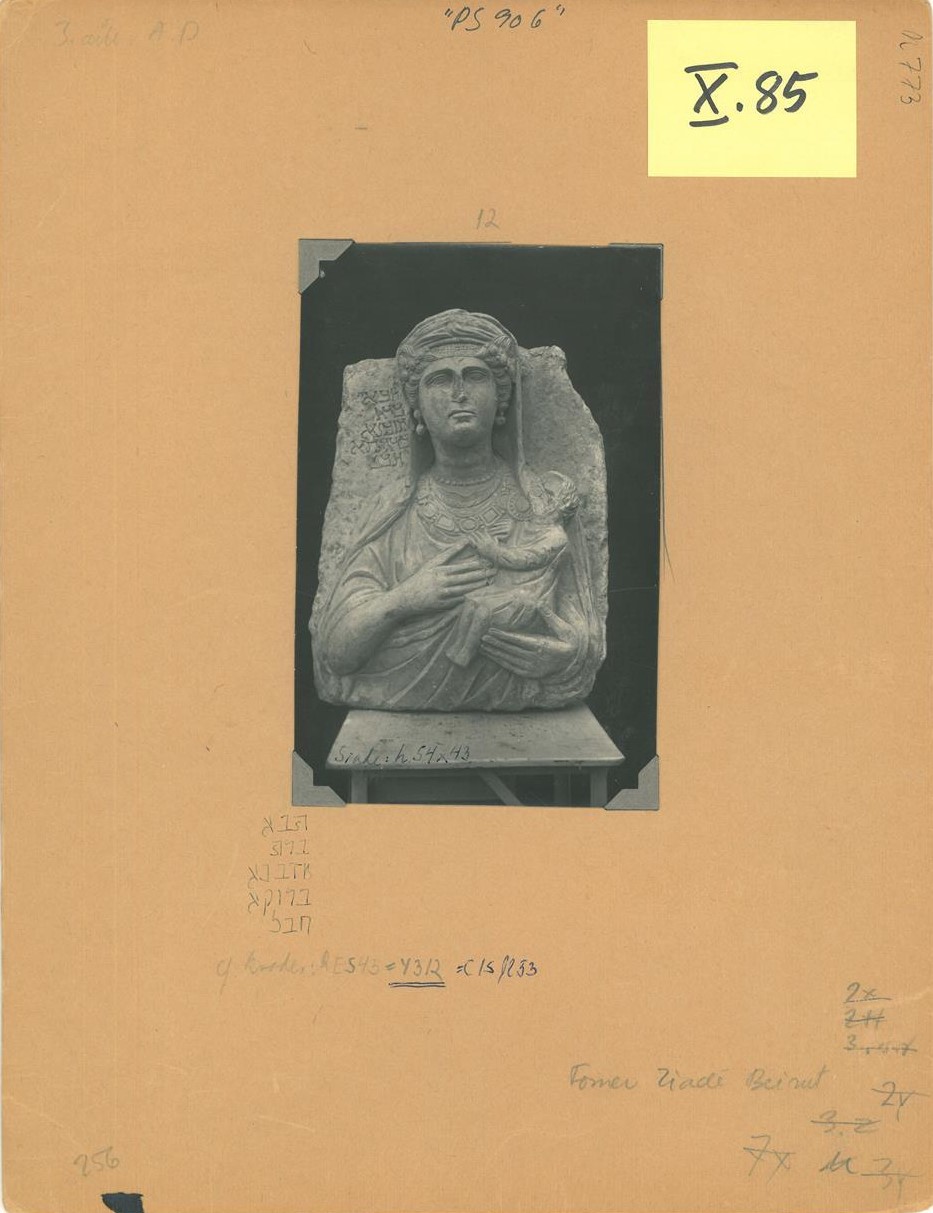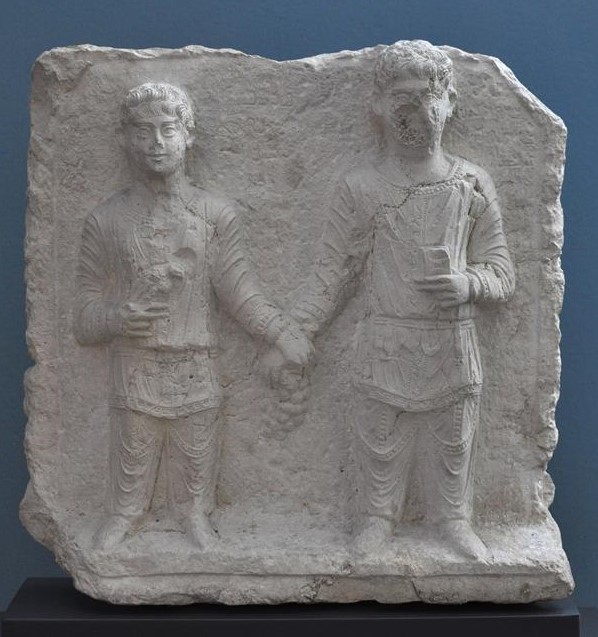Data collection as a tool to understanding Palmyrene family networks
Research Assistant Nathalia B. Kristensen highlights one of the research avenues taken by the Palmyra Portrait Project.



By Research Assistant Nathalia B. Kristensen
The funerary reliefs set up in the many tombs surrounding ancient Palmyra in Syria can inform us of the strong family networks in the city in the first three centuries CE. Since 2012, the Palmyra Portrait Project, directed by Professor and Centre Director Rubina Raja and financed by the Carlsberg Foundation, has collected and documented around 4000 portraits from Palmyra. Now, most of the portraits are housed in museums and private collections around the world, but originally they were placed inside the tombs in commemoration of deceased family members. The tombs functioned as large family burial spaces for generations.
Usually the deceased is shown alone on the reliefs, and sometimes an inscription identifying the portrayed individual and the family lineage for several generations will accompany the portrait. In other instances, the individual is displayed together with family members. A mother can be shown holding her child in her arms (fig. 1); a father can be shown with his child standing behind him; two young siblings can be depicted side by side (fig. 2); or a husband and a wife can be shown next to each other (fig. 3). In some instances, the inscriptions inform us of the relationship between the portrayed individuals, but in other instances, we may only conjecture about the family ties. The Palmyra Portrait Project has given detailed descriptions, collected extensive bibliographies and recorded inscriptions and tomb contexts, if known, for each portrait.
This vast corpus of Palmyrene portraits collected by the Palmyra Portrait Project allows us to reevaluate previously established genealogies for specific Palmyrene families. Further, by applying formal network and genealogical methods it will be possible to explore intermarriage within the extended families, give a nuanced picture of the gender bias in our sources as well as understand the structures of family networks through family ties and other links.
The Palmyra Portrait Project, under the leadership of Professor Rubina Raja, has collaborated with postdoctoral researcher Tom Brughmans, Marie-Skłodowska-Curie-Actions research fellow at the Faculty of Physics, University of Barcelona, and Professor Eivind Heldaas Seland, University of Bergen, on an article on kinship of Palmyrene genealogies, which will be published in the Journal of Historical Network Research early next year.
For more information about the Palmyra Portrait Project, see the project webpage and the description at the webpage of the Carlsberg Foundation.
